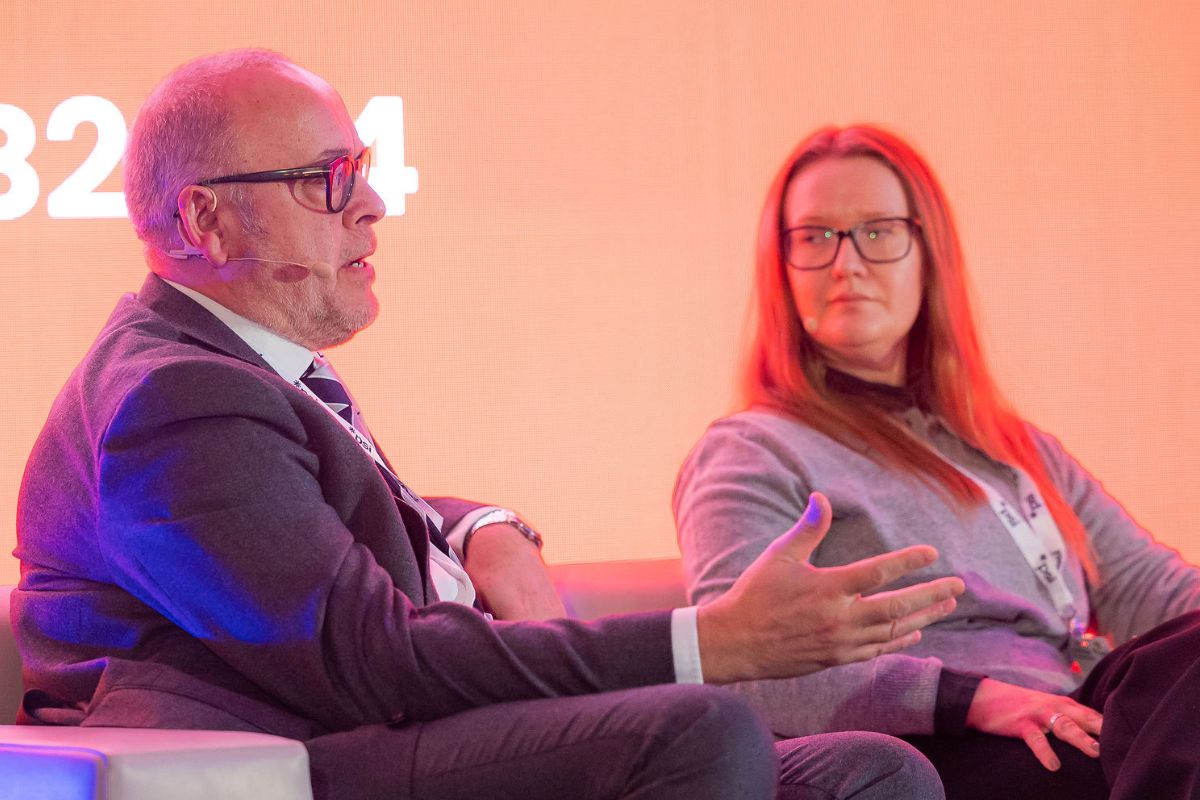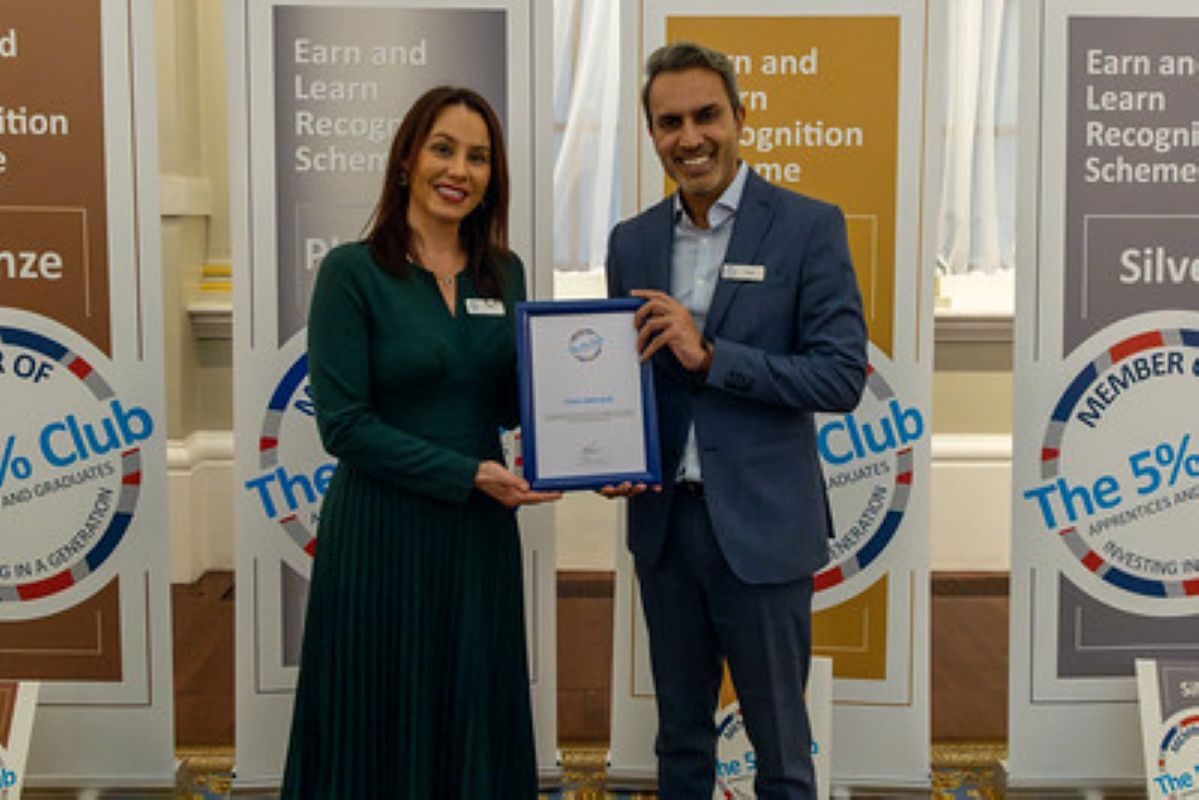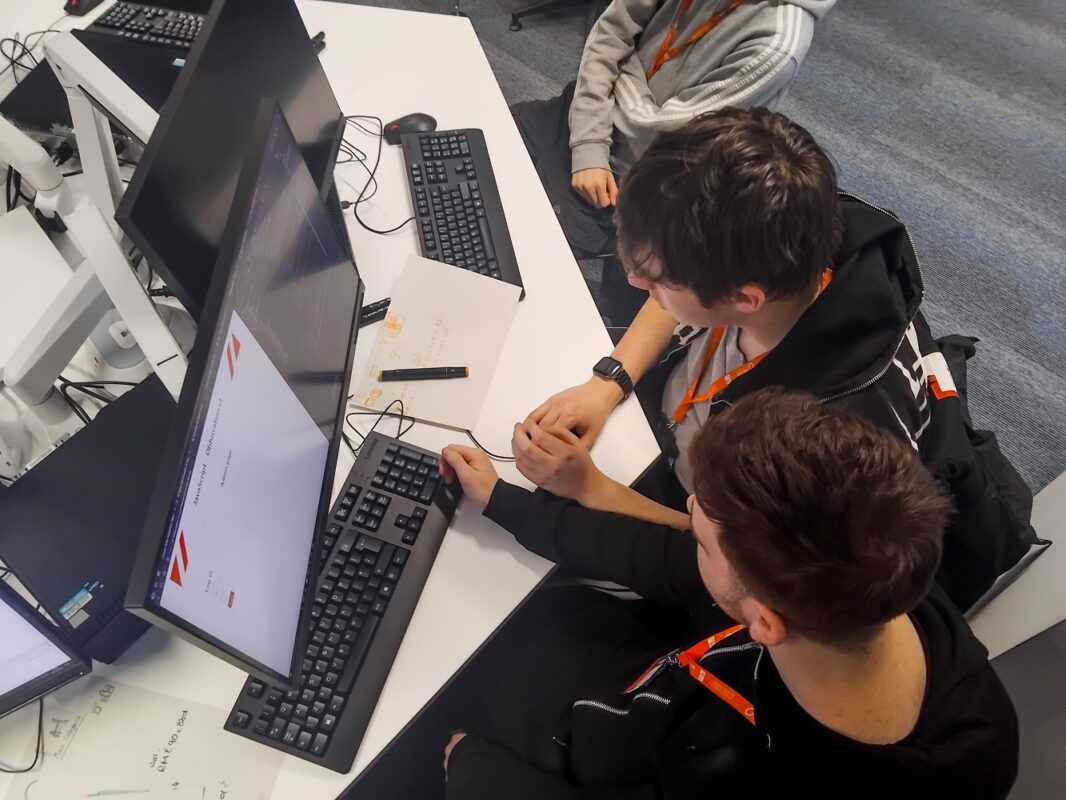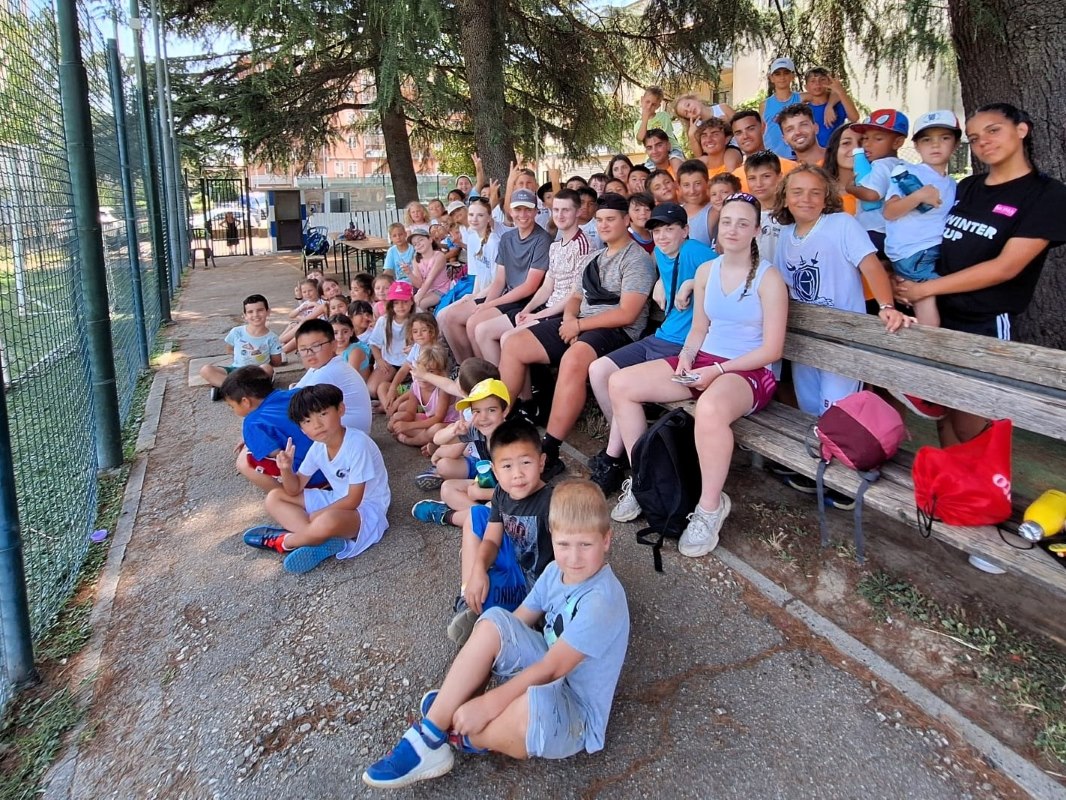‘Milkrounds’ still relevant in the social media age, research finds

Despite the rise of social hiring, face-to-face engagement strategies are still viewed as a vital means of attracting graduate talent. That is according to the latest research from talent acquisition and management consultancy, Alexander Mann Solutions: The Next Chapter: Your New Global Graduate Programme.
The white paper, which is based on quantitative research and in-depth interviews with global brands including Rolls-Royce, GE, HSBC and Citi, amongst others, highlights how organisations continue to value ‘real world’ contact. In fact, despite the acknowledged power of social media platforms – and their ability to let an organisation reach a much wider potential audience than in the pre-digital era – none of the companies involved in the research had fully abandoned a physical presence on campuses.
The paper also reveals the ways in which organisations are demonstrating the ‘human face’ of their brands to potential recruits: GE, for example, provides volunteer helpers at target universities who physically help students to move into their accommodation – possibly winning over not just students, but struggling parents in the process.
Commenting on the research, Sandrine Miller, Head of Emerging Talent Consulting at Alexander Mann Solutions, said:
“The online revolution has enabled employers to reach out to a much wider audience than ever before and to build sustained levels of engagement with candidates which could only have been dreamed of in the past. However, our research has found that the human touch – actually getting in front of individuals face-to-face rather than through a screen – remains vital.
“While many organisations make use of a wide range of major social platforms, very few in the study believed that they can rely on technology alone for targeting and engagement purposes, sometimes because of limited resources and sometimes because of restrictions on messaging imposed by a business’ overall brand proposition.
“That’s not to say technology can’t help reach out to your future talent. Gen Z, some of whom are now more than half way through college, resonate with social platforms like Snapchat and Instagram because they provide a visual representation of a company’s culture – an ‘inside look’ available right on their phones, a place they naturally spend a lot of time. Technology can help make connections that augment that human touch, when used skilfully.
“In these ways and others, mobile optimised platforms and applications are a requirement. But those that we spoke to overwhelmingly believe that while engaging post-Millennials requires a strategy which is firmly centred on technology, compelling candidate value proposition messages must also be communicated in the real world. As such, the majority keep up sustained engagement with target universities throughout the year and provide walking, talking examples to students of the type of success a predecessor has enjoyed with an employer. The most successful organisations are using data analytics collected through social channels to identify and reach out to candidates on campus.”











Responses